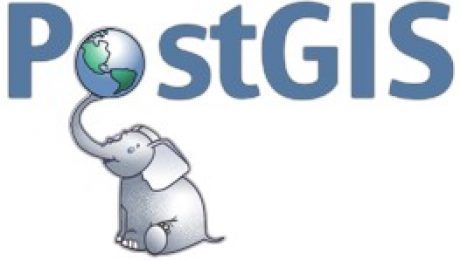Learn how to set up automated tests for your QGIS plugin to avoid frustration of your future self, plugin users and the general community. It's an often overlooked part of plugin development, yet a very crucial one. Read this tutorial to see it's really not that painful. Includes the setup of Github Actions to run your tests on every push/pull request.
- Published in
Learn how to set up automated tests for your QGIS plugin to avoid frustration of your future self, plugin users and the general community. It's an often overlooked part of plugin development, yet a very crucial one. Read this tutorial to see it's really not that painful. Includes the setup of Github Actions to run your tests on every push/pull request.
- Published in
Our third tutorial in the QGIS plugin development series focuses on improving code maintenance of QGIS plugins. We will introduce linters, a better code structure and some highly useful tips and tricks for plugin development.
- Published in
Our second tutorial in the QGIS plugin development series focuses on QGIS and user interaction. You will learn how capture a point clicked on the map canvas by the user, a few practical examples of the concept of signals & slots in PyQt, and then some more.
- Published in
Follow our tutorial to get a better hang of developing QGIS plugins in QGIS v3.x. The resulting plugin will be capable of querying Nominatim's Reverse Geocoding API from user generated Lat/Long or X/Y in arbitrary coordinate systems and parse the API result into a QGIS Point layer.
- Published in
This post provides a basic reference guide for plugin development in QGIS v3. It describes the most important concepts around QGIS plugins, which a developer should be aware of, such as mandatory methods expected by QGIS, detailed explanation of the output of Plugin Builder 3 and more.
- Published in
Hosting your own QGIS plugin repository can be very beneficial to serve plugins to a limited user base and provide them the comfort of installing and updating your plugins through QGIS. Learn in this tutorial how easy it is to create your own QGIS plugin repository.
- Published in
Our first tutorial in the QGIS Actions series focuses on how to consume services with your point data. You will learn how to generate random points in your polygon and send their coordinates to the HERE Maps Reverse Geocoder API.
- Published in
Entering the world of projections can be slightly overwhelming. Basically every projection has advantages and disadvantages. Some may preserve elements of direction, distance or area better or worse than others which is why a careful selection of a suitable projection is so crucial.
- Published in
A short roundup of Qt Designer, which ships with QGIS and is the recommended program to design Graphical User Interfaces for QGIS Plugins. This post is complementary to our plugin tutorials or just a refresher. It also explains resources.qrc files in more detail, a usual pain point.
- Published in
- 1
- 2



